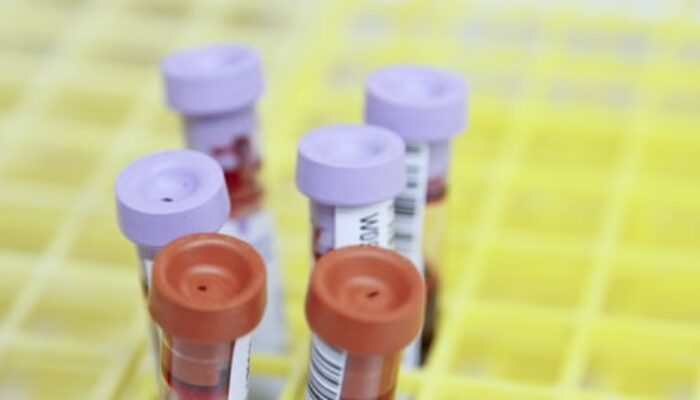
Total Cholesterol is composed of High Density Lipoprotein (HDL), Low Density Lipoprotein (LDL) and Triglyceride levels.
LDL – Bad Cholesterol: Elevated LDL in the blood can form deposits called “plaque” in the walls of the arteries of the heart and in other organs. It narrows the arteries and limits the blood flow. When the plaque breaks apart, it can cause a heart attack, or (brain) stroke. Thus, LDL is named “bad” cholesterol.
HDL – Good Cholesterol looks for cholesterol from the bloodstream, from LDL, and from artery walls and carries it back to the liver for disposal, lowering your risk of heart disease. This is the reason HDL is called “good” cholesterol.
Triglyceride is the main vehicle for carrying needed fats to cells. However, too much triglyceride can be unhealthy.
ECG (echocardiogram) is done to know whether you have a significantly reduced flow of blood to your heart.
Fasting Blood Sugar test: determines presence and risk to diabetes.
Mammogram: an x-ray of the breasts to check symptoms for breast cancer.
Pap smear test: determines presence of cells that may lead to cervical cancer.
Colonoscopy: a procedure that allows your doctor to see the inside of your rectum and entire large intestine for signs of cancer, polyps, or small growths that can eventually become cancerous.




